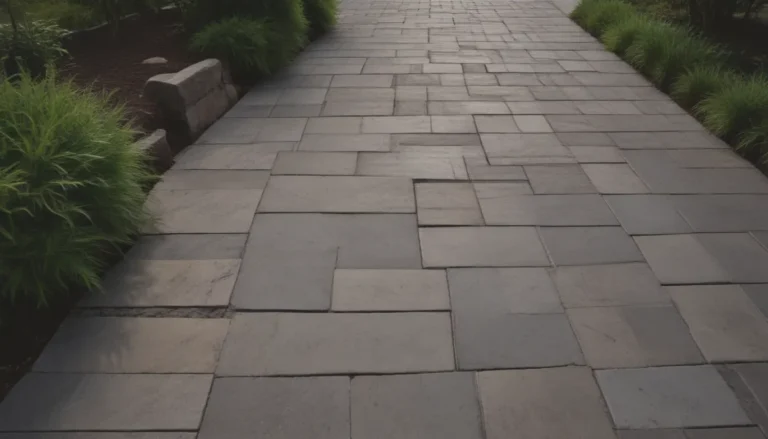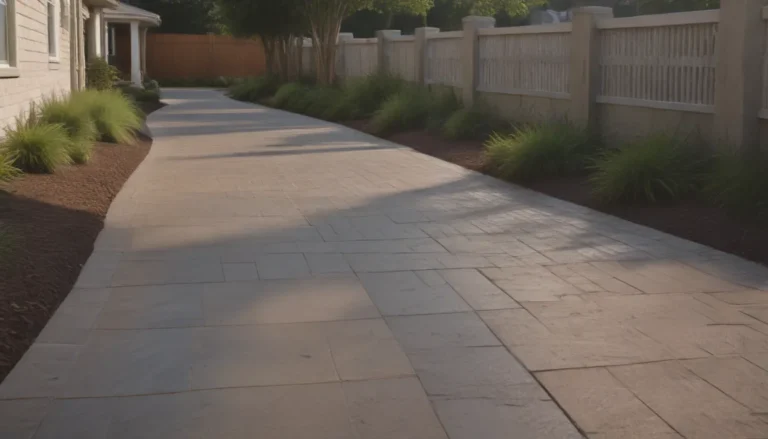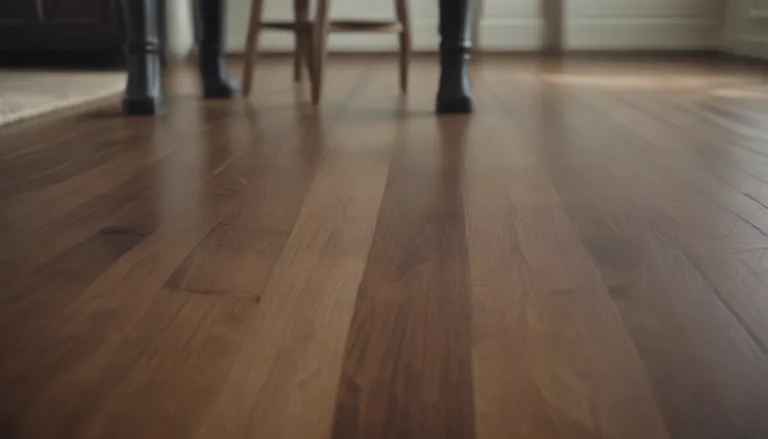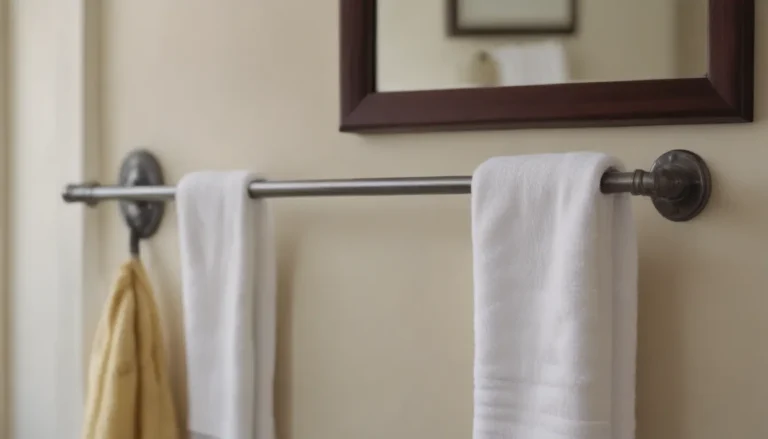The Ultimate Guide to Weather-Sealing Your Garage Door
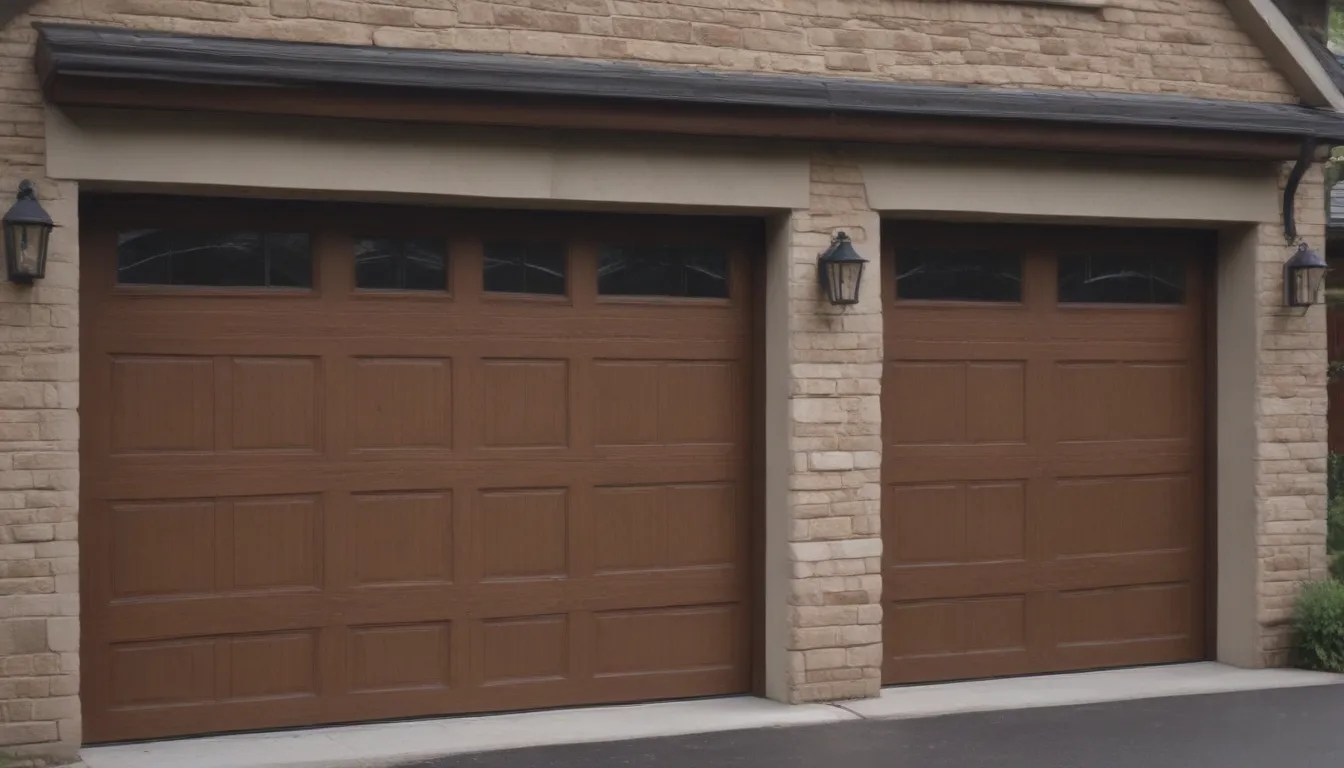
If you’ve been noticing unwanted elements like water, dirt, or rodents making their way into your garage, the culprit may very well be your garage door. Garage doors are a crucial barrier between the outside world and your belongings stored in the garage. Over time, the seals on garage doors can wear down, leading to gaps that allow water, wind, dirt, and pests to enter. Ensuring that your garage door is properly weather-sealed is essential to protecting your garage and everything inside it.
Why Weather-Sealing Your Garage Door Is Important
Weather-sealing your garage is not just about keeping out pests and dirt; it’s also crucial for protecting your home from the elements. If water seeps into your garage, it can lead to water damage, mold growth, and even structural issues. By weather-sealing your garage door, you can prevent these problems and keep your belongings safe and dry.
While weather-sealing your garage door can often be a DIY job, there are times when professional help may be necessary. If your garage door requires repairs or replacements beyond just weather-stripping, it’s best to consult a garage door installation company for assistance. Ensuring that your garage door is properly sealed is a key component of home maintenance that should not be overlooked.
5 Effective Ways to Weather-Seal Your Garage Door
-
Garage Door Bottom Seal: The garage door bottom seal, also known as adoor sweep, is a crucial component of weather-sealing your garage door. This strip of rubber or vinyl attaches to the bottom edge of the door, sealing the gap along the floor to keep out water, dirt, and cold drafts. If you notice daylight under the bottom of your door when it’s closed, or if you feel drafts or see water coming in, it may be time to replace the bottom seal.
- Wood garage doors typically use a strip-style seal with angled edges that seal against the door and the floor.
- Metal garage doors often have an aluminum channel with a U-shaped rubber gasket that slides into tracks on the channel for installation.
- U-shaped gaskets come in different sizes to seal various gap heights, making them ideal for sunken or cracked garage floors.
-
Garage Door Threshold Seal: A threshold seal is attached to the garage floor rather than the door and serves a similar purpose to the bottom seal. It helps keep out surface water and can fill large gaps below the door. A vinyl threshold seal can be more durable than a door seal and is installed with adhesive. Keep in mind that thresholds can block water from exiting the garage, so consider this when choosing a threshold seal for your garage.
-
Garage Door Stop Weatherstripping: Wind and rain can seep in around the sides and top of the garage door if the weatherstripping is worn out or missing. New weatherstripping can easily be installed onto the wood door stop molding to create a tight seal against the door. This weatherstripping comes in rolls and can be cut to length with a utility knife for a custom fit. Ensure the flange of the weatherstripping presses against the door to create an effective seal.
-
Vinyl Door Stop With Integrated Weatherstrip: This specialized stop molding made of vinyl combines a wood-look molding strip with a flexible weather-seal flange in one piece. It’s a great option for replacing old, rotted, or damaged door stops. Installation is simple, requiring just nails to attach the molding to the door jamb. Installing the top molding first and overlapping the ends with the side stops ensures a secure fit.
-
Garage Door Panel Weatherstripping: V-shaped garage door panel weatherstripping is designed to seal the gaps between individual door panels, particularly on older wood doors with flat edges. This self-adhesive weatherstripping can be easily applied to the top or bottom edge of each panel, creating a tight seal when the door is closed. Regularly checking and replacing the weather stripping on your garage door can help maintain its effectiveness and keep your garage protected from the elements.
By implementing these weather-sealing techniques, you can ensure that your garage door is well-protected against water, wind, dirt, and pests. Regular maintenance and inspections of your garage door seals can help prevent costly damage and keep your garage space clean and secure.
Remember, quality weatherstripping should last for two to three years before needing replacement. Keep an eye out for signs of wear, such as cracking, tearing, or drafts around the door, to know when it’s time to install new weather stripping on your garage door. By taking care of your garage door seals, you can prolong the life of your door and protect your belongings inside.
In conclusion, weather-sealing your garage door is an essential maintenance task that can help protect your home and belongings from the elements. By following these five effective ways to weather-seal your garage door, you can ensure that your garage remains dry, clean, and secure for years to come. Don’t overlook the importance of proper weather sealing for your garage—it’s a small investment that can save you time and money in the long run.


